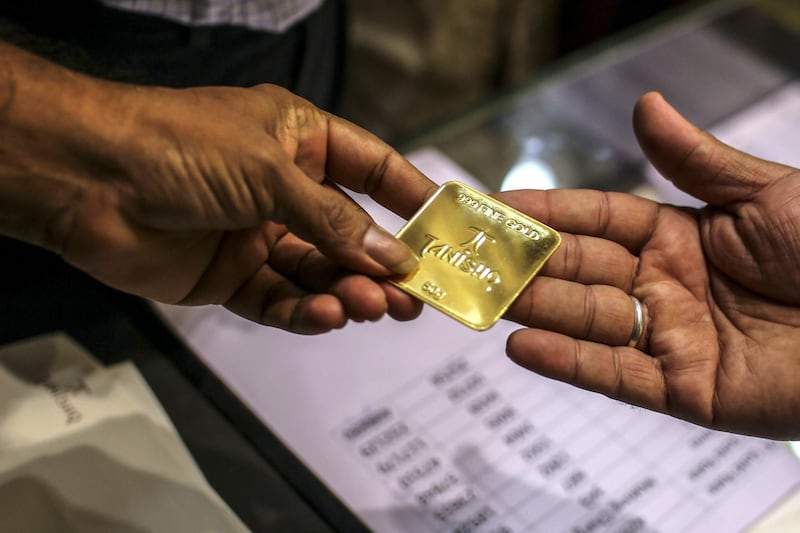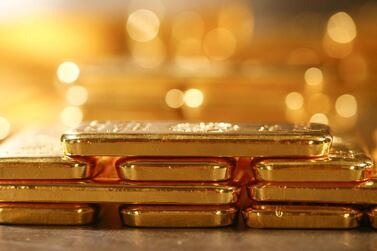Gold purchases by central banks dropped sharply in the third quarter of this year with only 14 regulators around the world adding 1 tonne or more to their reserves, according to the World Gold Council.
Central banks added 156.2 tonnes to their reserves in three months to the end of September, a 38 per cent year-on-year decline, the trade body said in a report yesterday.
Although overall buying by the regulators remained healthy, the sharp decline was "partly due to [the third quarter of 2018] being the highest quarter of net buying in our records", the report said. In the first nine months of this year, central banks purchased 547.5 tonnes on a net basis, which is 12 per cent higher than the amount of bullion bought during the same period in 2018.
The overall demand for the precious metal was 1,107.9 tonnes in the third quarter of this year, a 3 per cent year-on-year rise, on the back of a surge in exchange-traded funds' inflows that help outweigh softer demand elsewhere in the market.
Holdings of gold-backed ETFs hit an all-time high of 2,855.3 tonnes, growing by 258.2 tonnes during the quarter, the highest level of quarterly inflows since the first quarter of 2016, when the price of crude slumped below $30 per barrel.
Investors usually hedge their bets across asset classes and tend to invest more in gold when bond yields and oil prices remain low as they spread risk across other assets in their portfolios.
Accommodative monetary policies, along with safe-haven and momentum buying, were the main factors driving inflows into gold, according to the WGC.
“The continued surge into ETFs more than compensated for weaker demand elsewhere,” said Alistair Hewitt, head of market intelligence at the WGC. “Investors have increased their exposure to gold in response to low interest rates, negative yields and geopolitical and economic uncertainty.”
The gold price rally has continued and reached new multiyear highs. The price of the precious metal rose 5 per cent during the third quarter, finding sustained support around $1,500 per ounce. The economic slowdown in India and China, coupled with the sharp increase in the gold price, however, have pushed many consumers to hold off buying gold jewellery, demand for which was 16 per cent lower in the third quarter to 460.9 tonnes, he said.
Surging prices also meant gold bar and coin investment halved during the quarter, to 150.3 tonnes, while gold supply rose 4 per cent to 1,222.3 tonnes. A 10 per cent increase in gold recycling helped the supply increase, which rose to its highest level since the first quarter of 2016, as the price rally encouraged consumers to sell back gold.
Production from gold mines was virtually unchanged year-on-year at 877.8 tonnes, according to the study.
“Looking forward, we expect to see many of these trends continue into the end of the year as monetary policy is likely to become even more accommodative in the US and global political issues continue to weigh on sentiment,” Mr Hewitt said.








